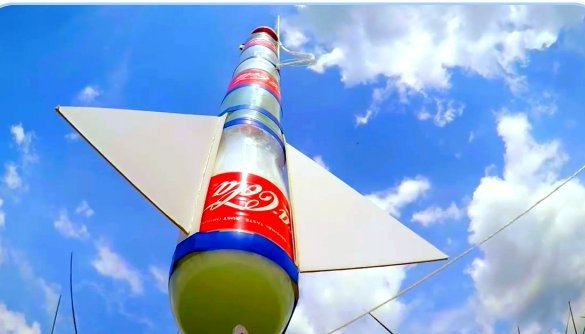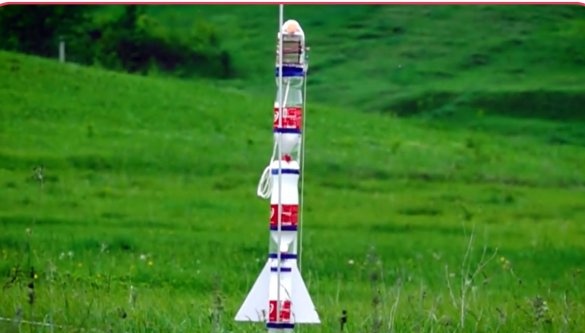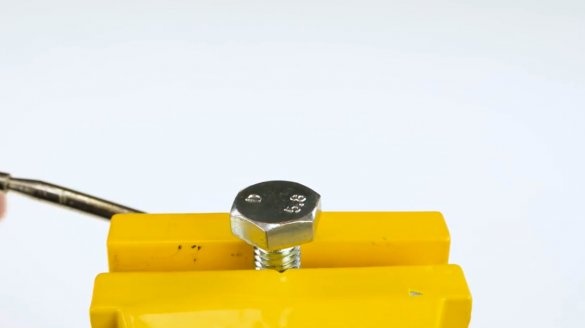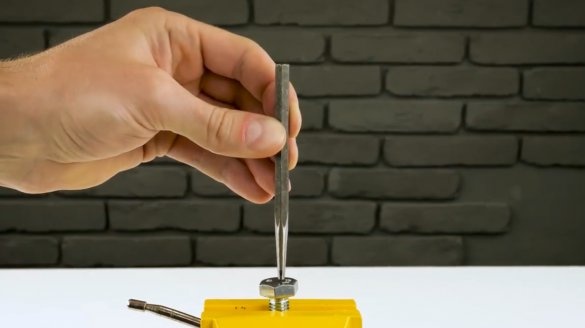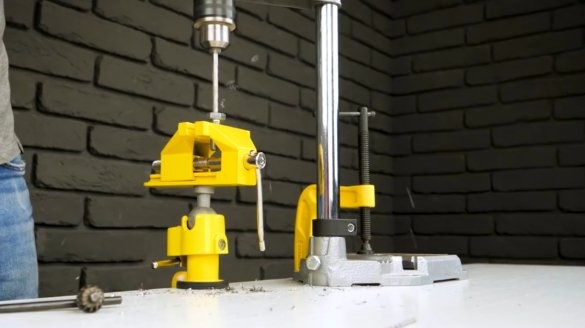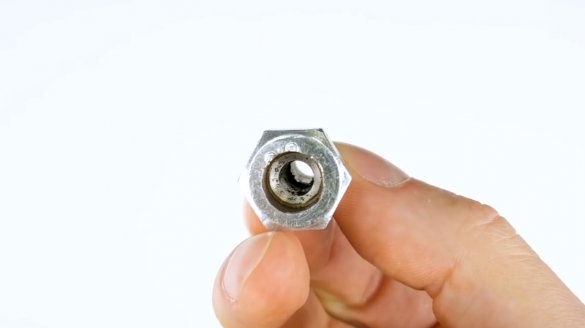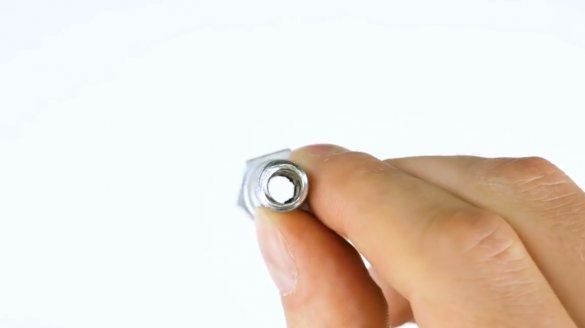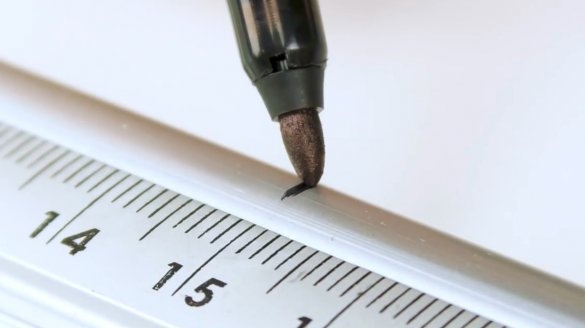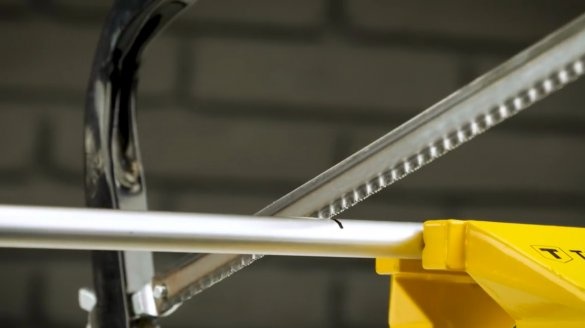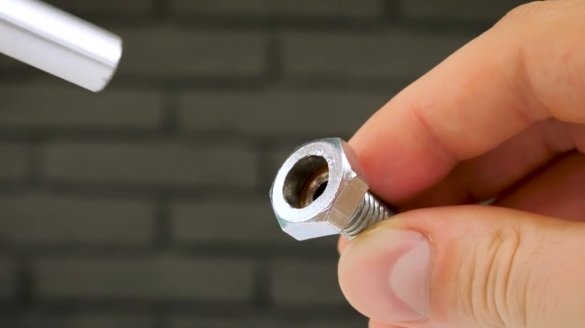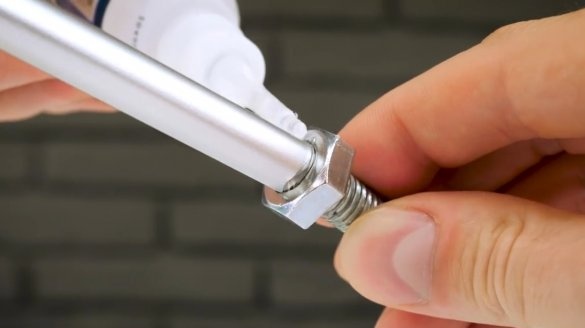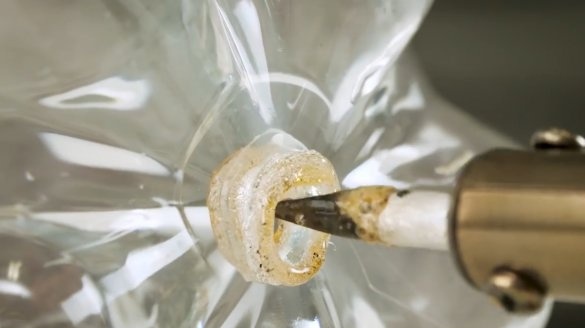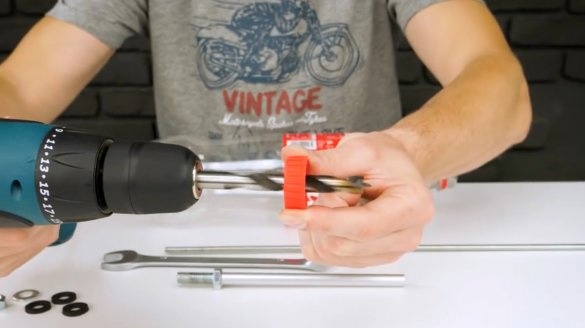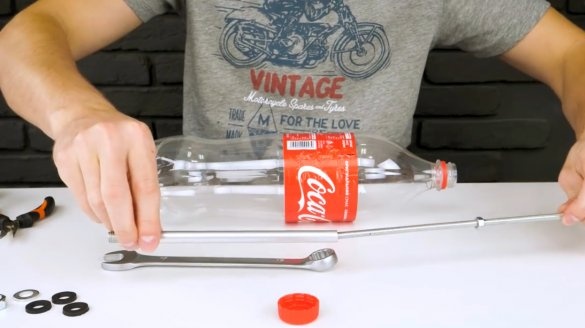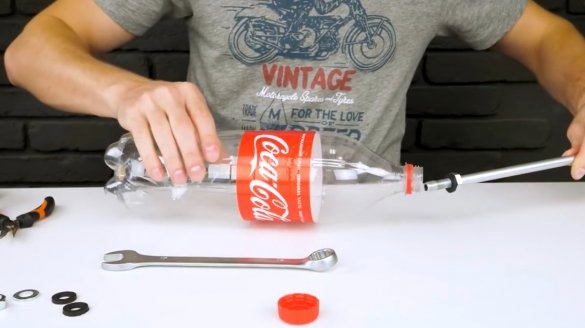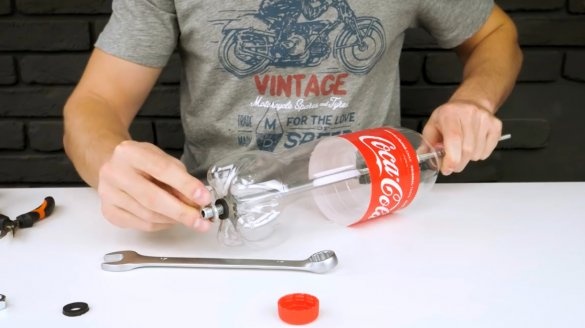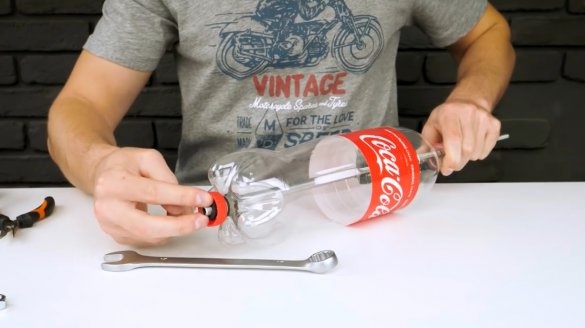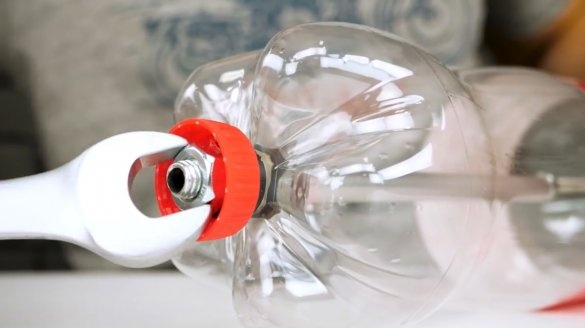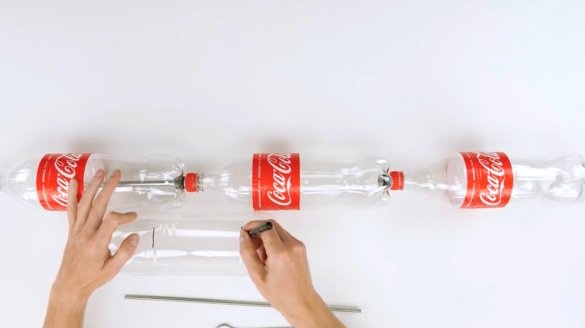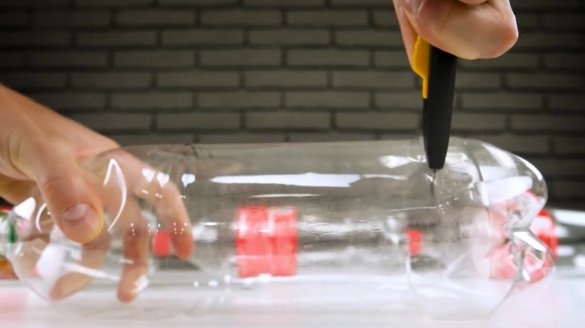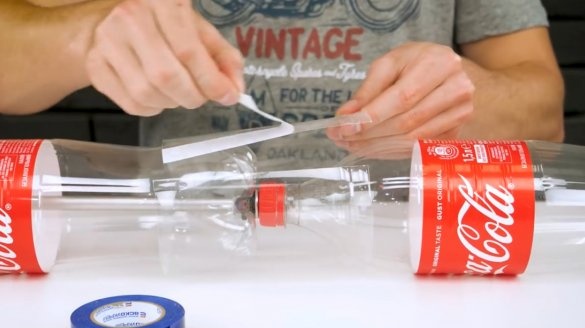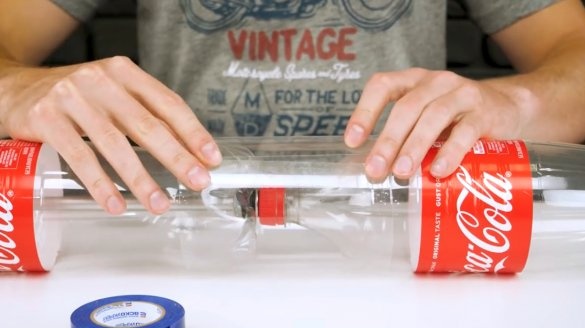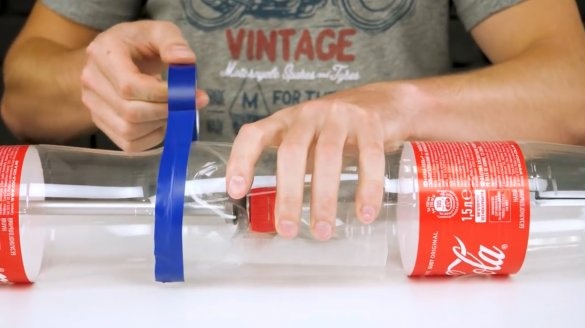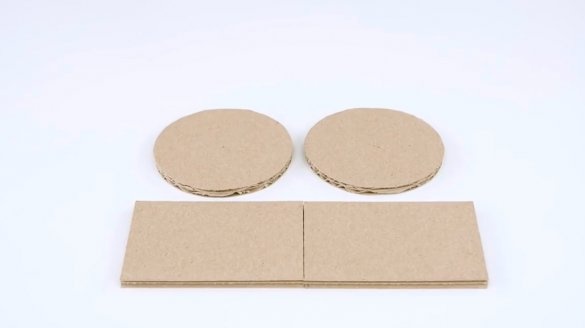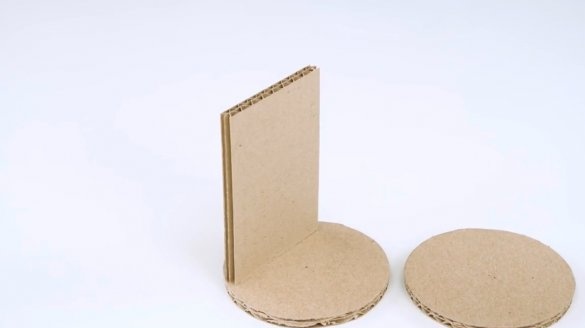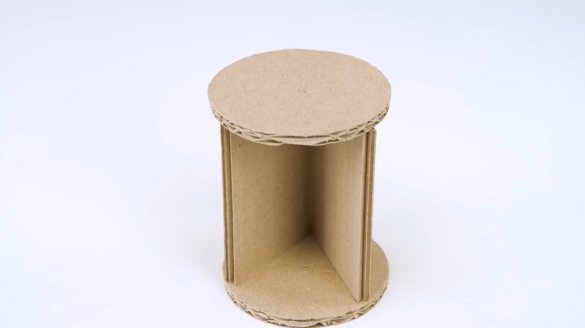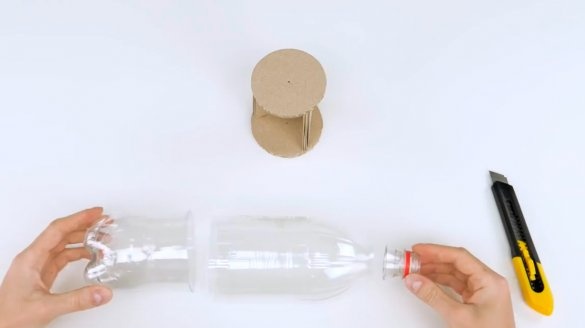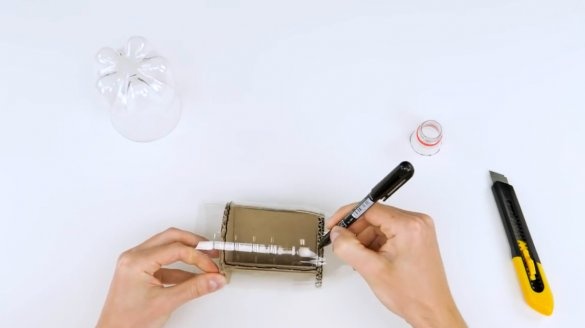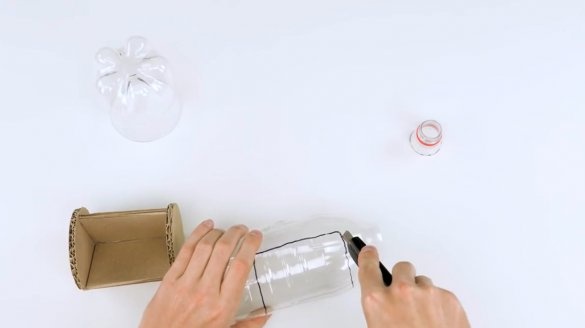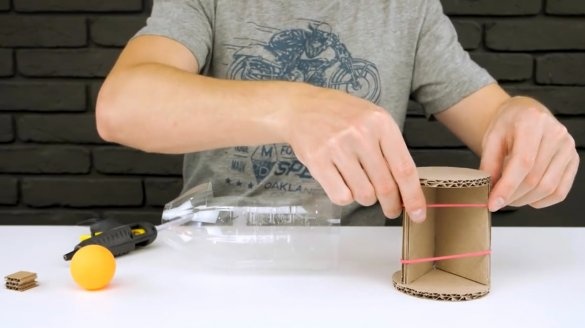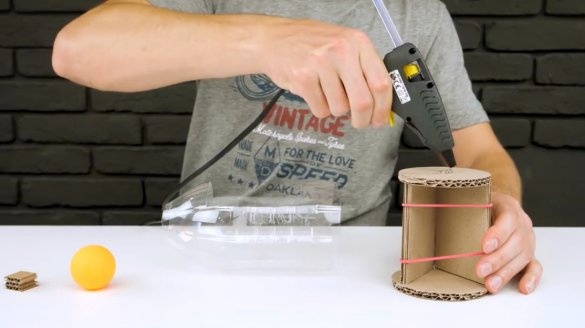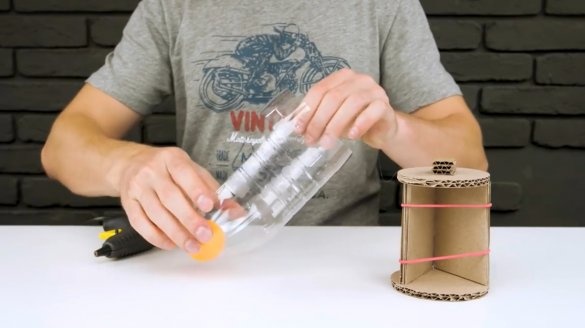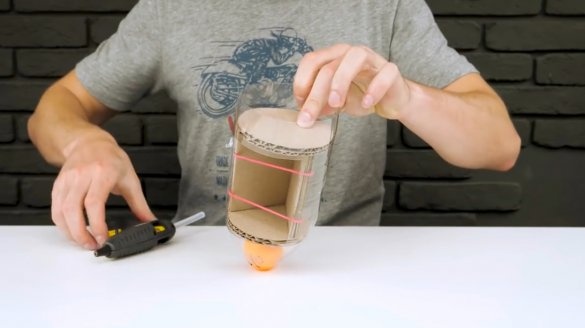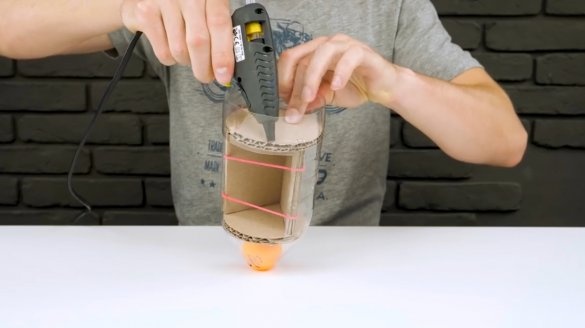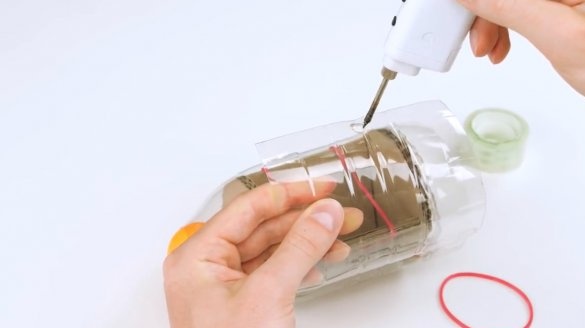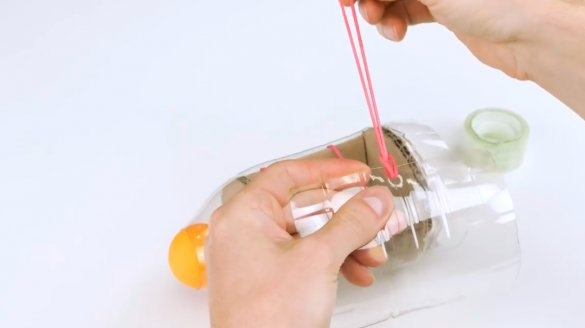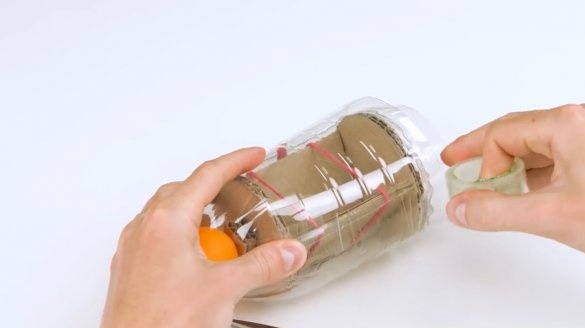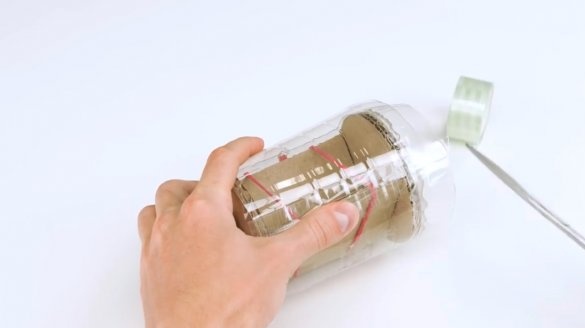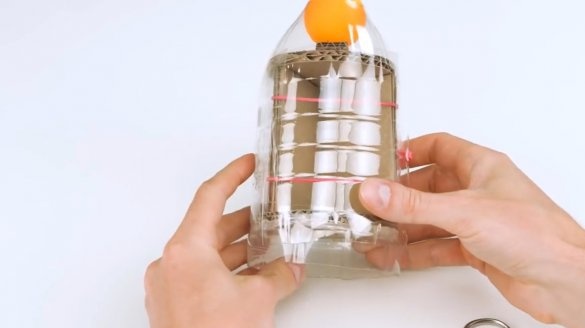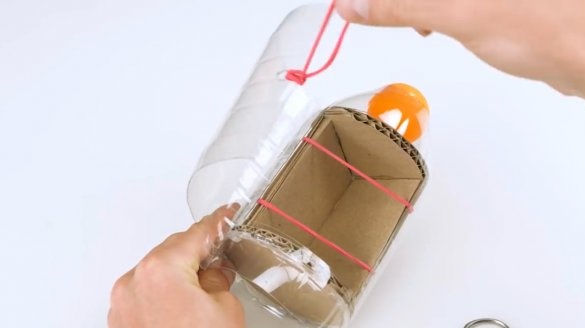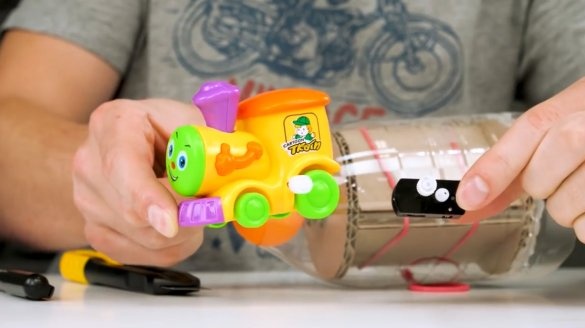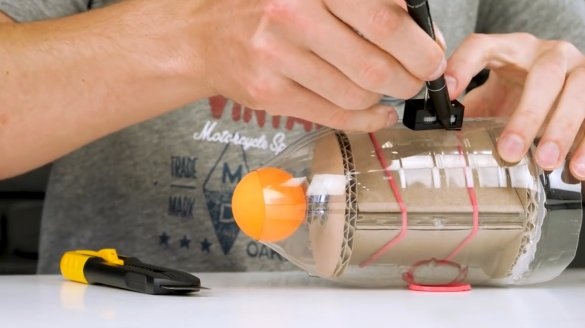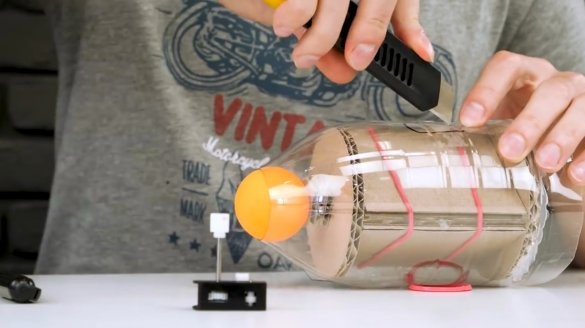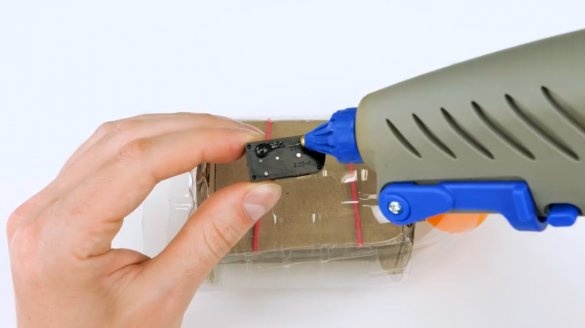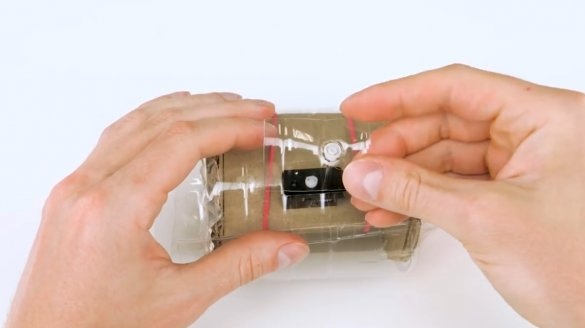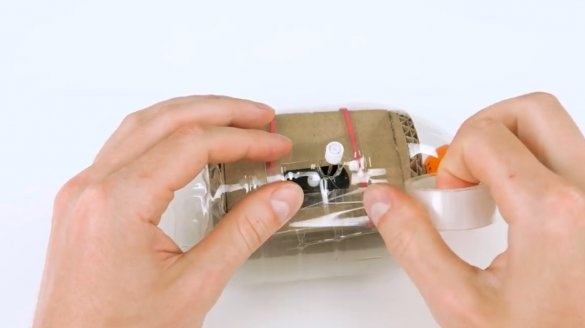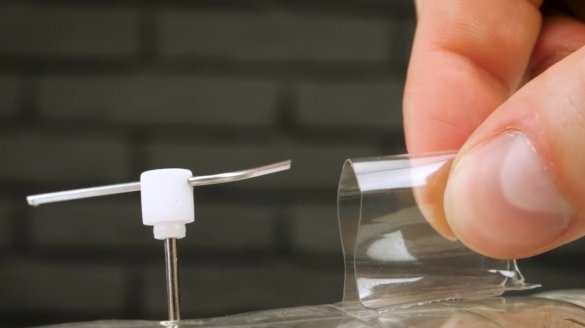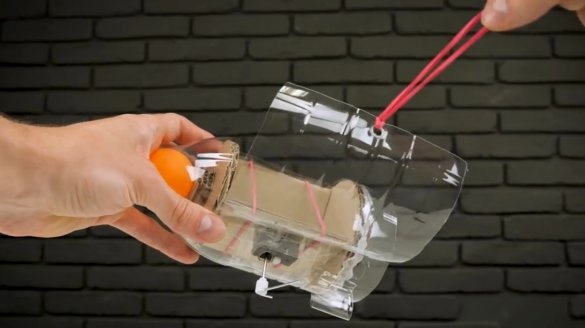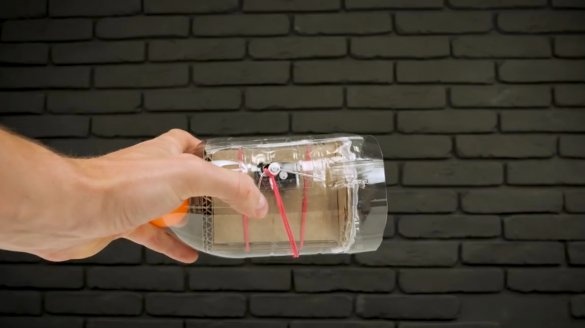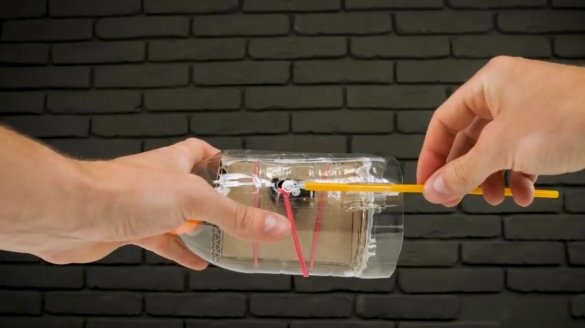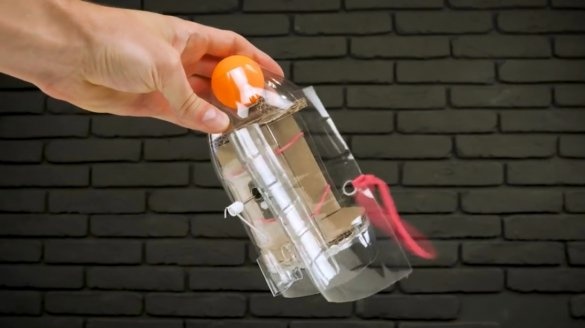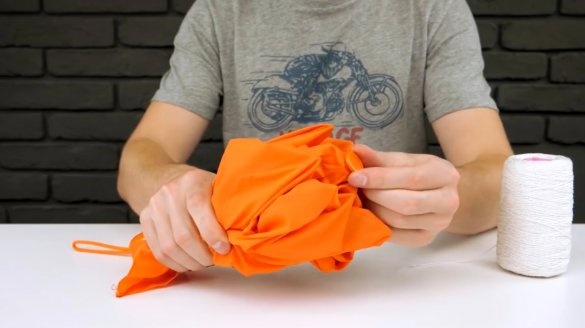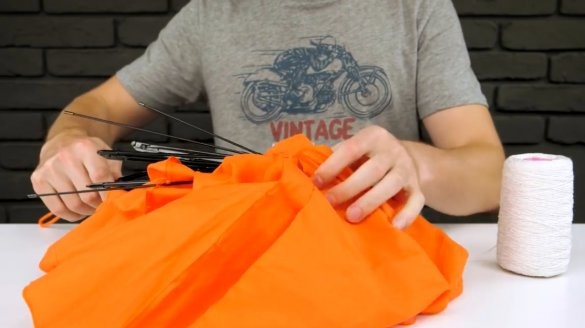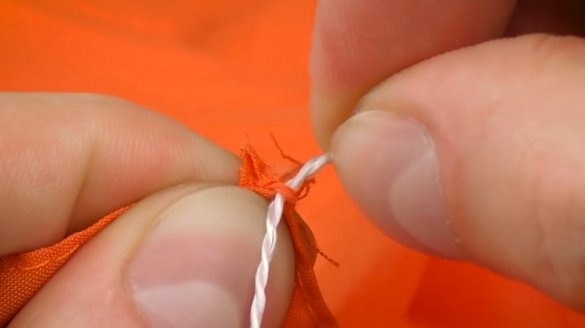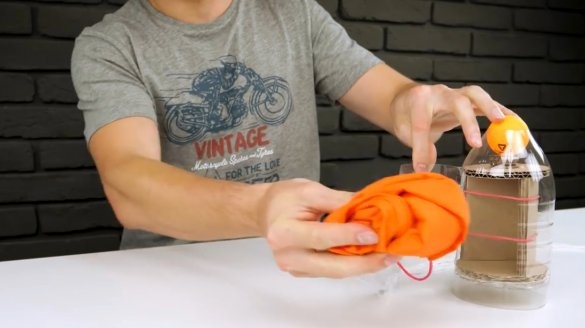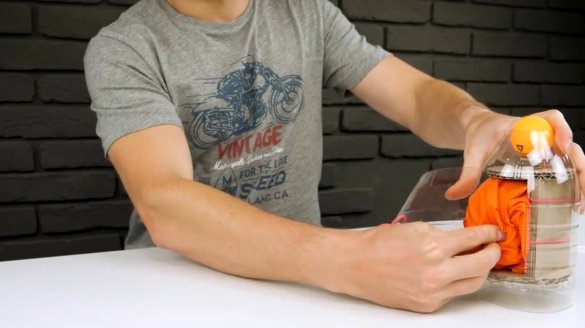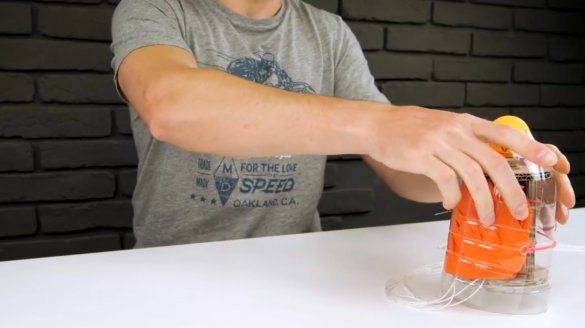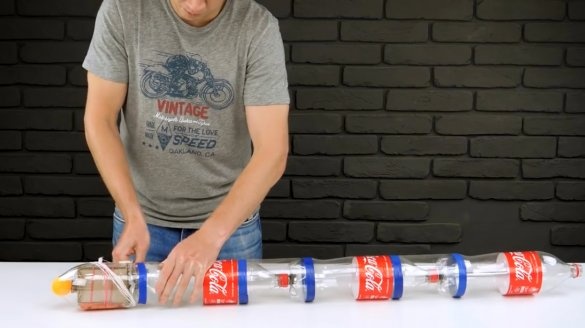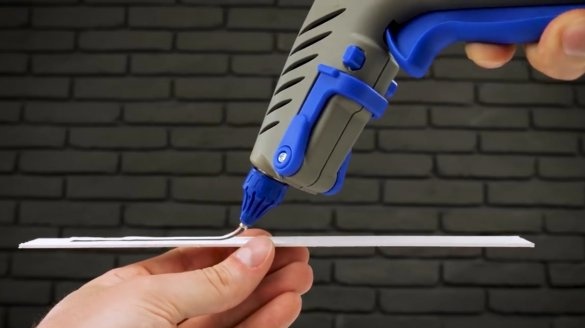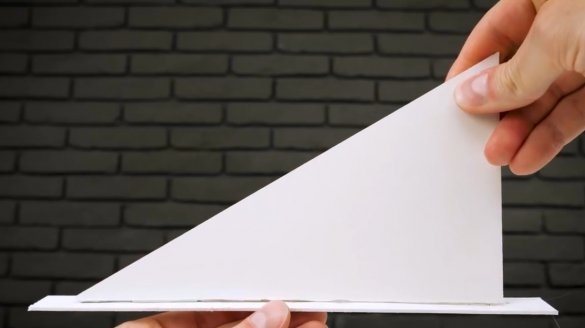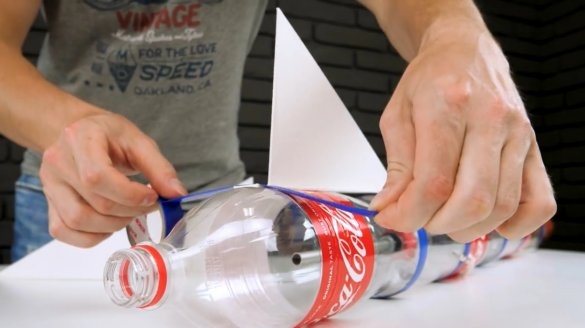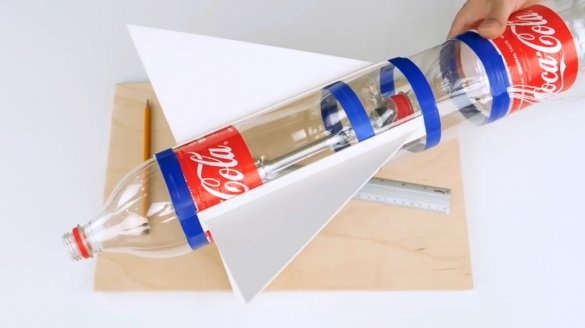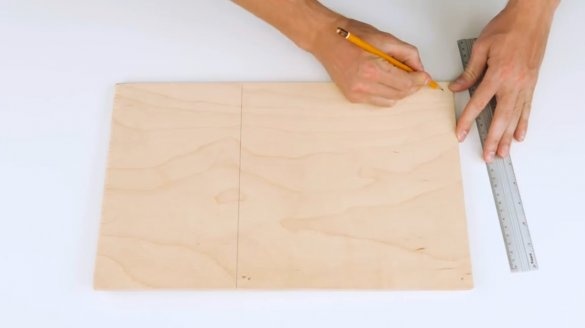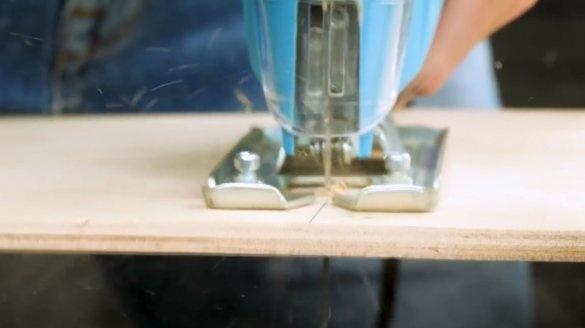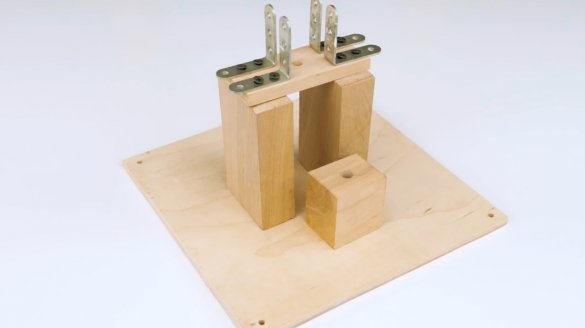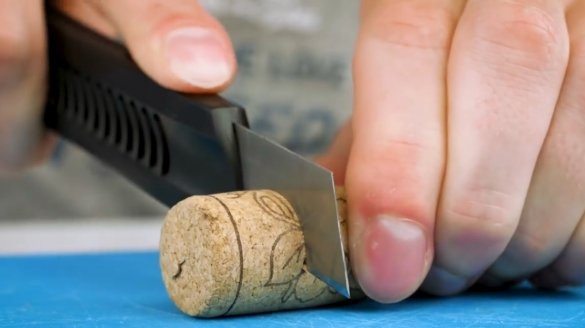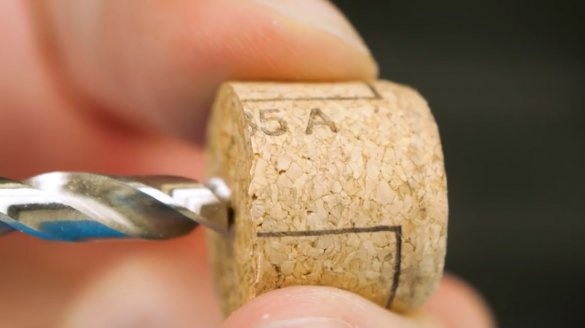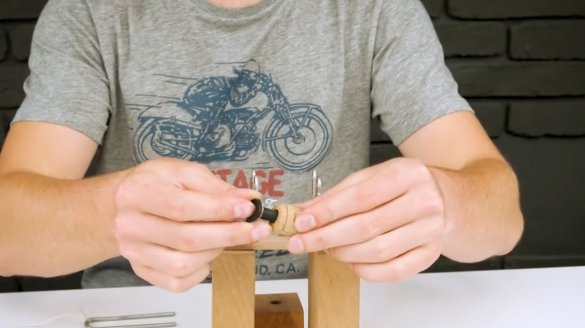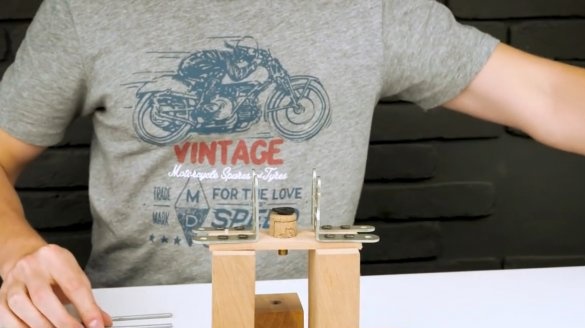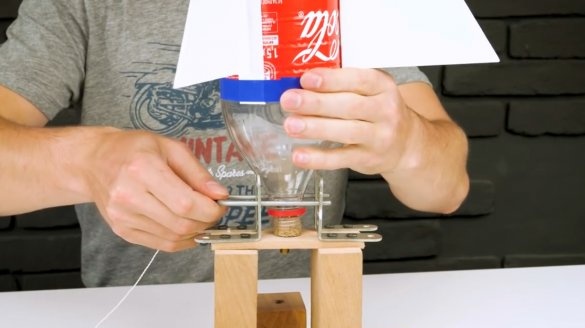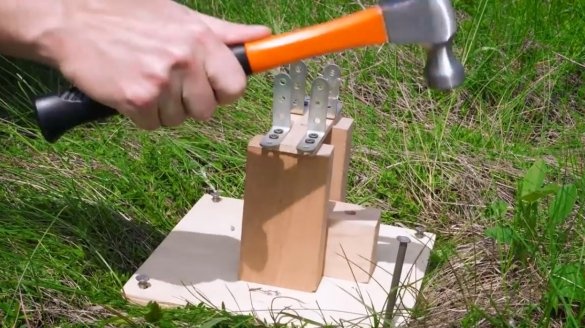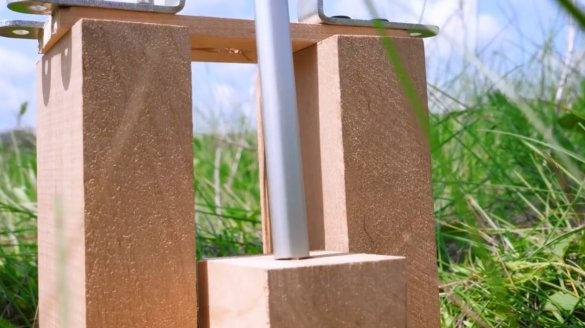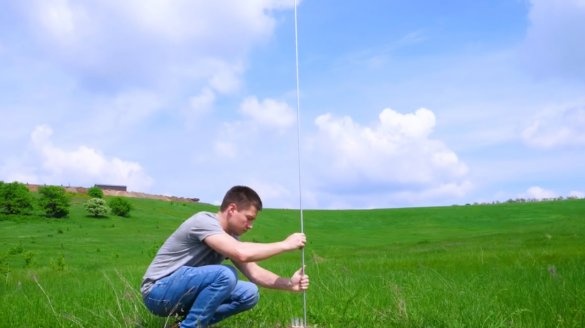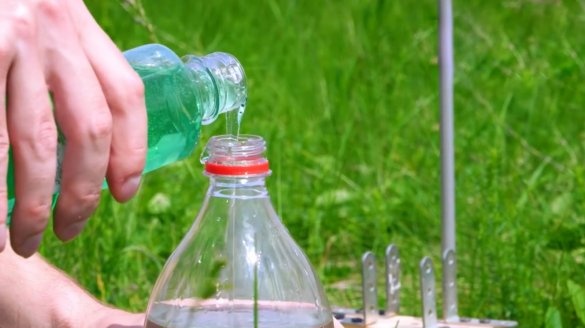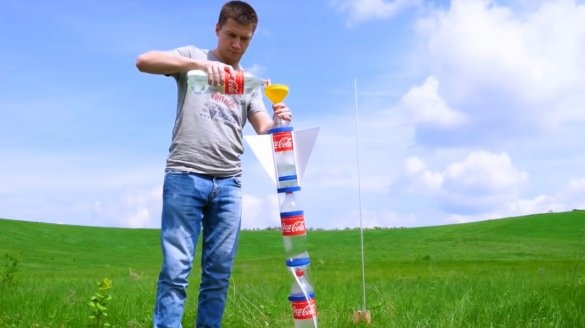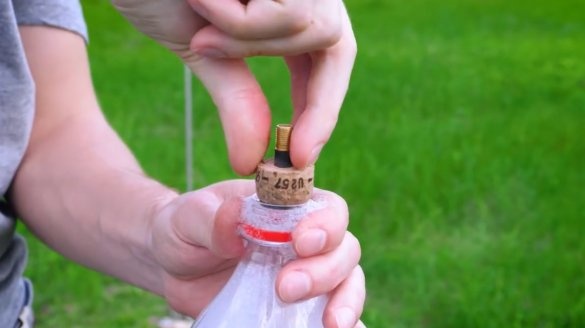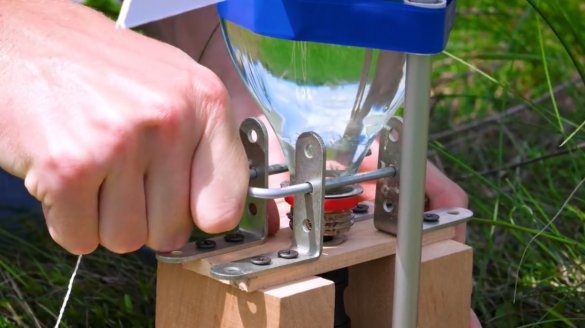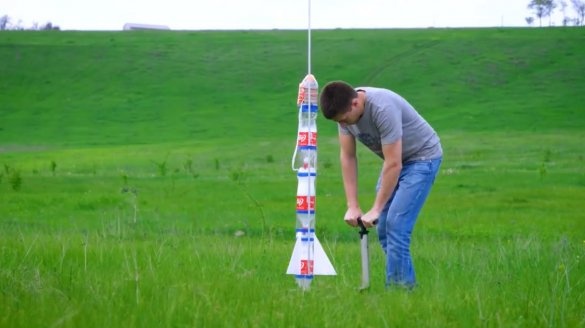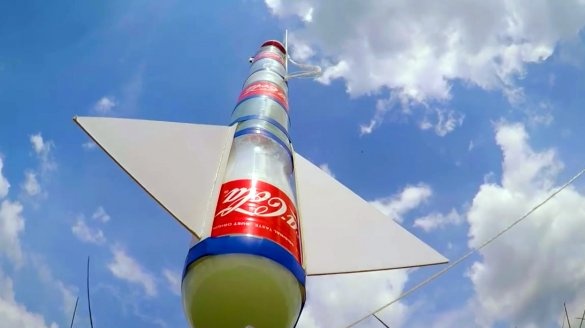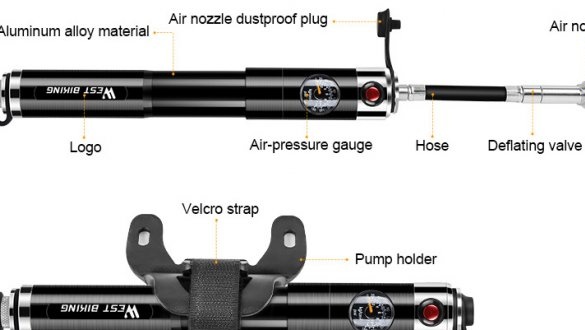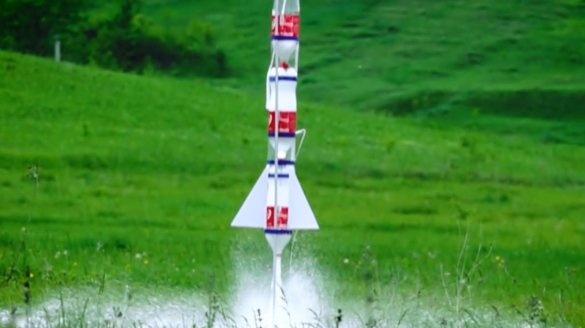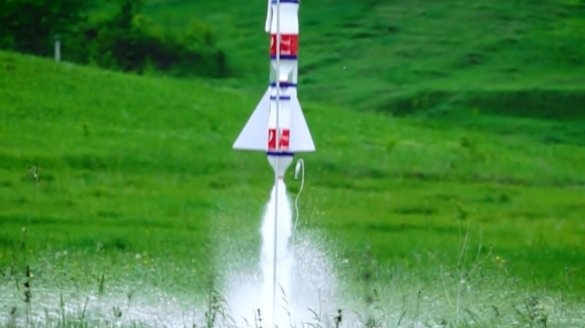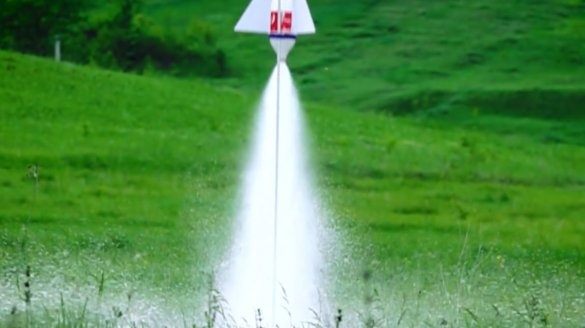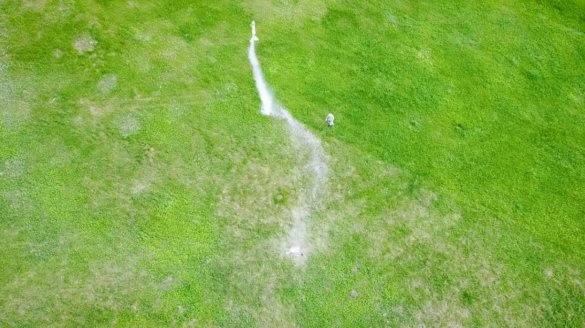Surely many of you launched rockets. But most likely it was Chinese fireworks. Are there safer rockets? Of course!
In this article, the author of The Q, a YouTube channel, will tell you how he made a water rocket with a double air tank and a parachute.
This homemade product is not very difficult to manufacture, and can be repeated inhome conditions
Materials
- Plastic bottles of 1.5 liters from cola
- Old umbrella
- Liquid soap
- Nipple, rubber gaskets
- M10 bolt, washers
- aluminum tube
- Blue tape, tape
- Corrugated cardboard
- Sheet plywood, wooden blocks
- Double-sided tape
- Second glue
- Stationery erasers, kapron thread
- Mechanism from a clockwork toy
- Steel wire, corners, wood screws.
Instruments, used by the author.
—
—
—
—
- Hacksaw, core, wrench
- Knife, ruler, marker, vise, hammer, core.
Manufacturing process.
So, the master begins with making a transitional connection between the bottles. To do this, you need an M10 bolt, in which you need to drill a through hole with a diameter of 6 mm. And in the head slightly expand it to a diameter of 10 mm.
It turns out such a bolt with a hole.
Now you need to cut the aluminum tube 150 mm long.
Then the author glues a tube into the head of the prepared bolt using second glue.
A hole with a diameter of 10 mm melts in the center of the bottom of the bottle.
Further, holes of the same diameter are drilled in traffic jams.
Puts a tube with a bolt on a long hairpin, installs a gasket, passes a bolt through a hole in the bottle. Outside, another gasket and washer is worn.
A seal is also inserted into the cork, and the author pulls it with a nut. For the next connection, the same circuit will be used, but without the handset.
Then, having collected the second tank, it is screwed to the first, and the third is already attached to it. Marks two segments on the central part of the bottle to strengthen the junction of the tanks, and cuts them out.
The resulting cylinders are cut lengthwise, on one edge glues double-sided tape, and connects the edges.
The connector itself is wound to the body with a blue electrical tape. The base of the rocket is ready.
The next step is to assemble a parachute system.First, the master cuts out two corners of the diameter of the bottle from the corrugated cardboard, and two rectangles. Then it collects and glues here such a design. This will be the basis of the trigger for the parachute.
The top of the neck is cut off from the bottle, and the bottom is like that. A cardboard frame is inserted into the resulting blank, and the door is marked. The frame is removed and the door is cut according to the marking.
Now two stationery erasers are pulled onto the frame. They will push out the parachute when the door is opened.
A small extension cord is glued to the top. A ping-pong ball is inserted inside the bottle, it will serve as the nose of the rocket. The frame with rubber bands is inserted into place and fixed with hot glue.
Now a hole is melted in the door, an elastic is threaded into it, and tied in a loop. The second side of the door is glued to the body with adhesive tape.
The main part of the parachute module is assembled.
The master dismantled the clockwork toy, and removed the mechanism from it. It will serve as a moderator of opening the door, and, accordingly, the opening of the parachute. The author marked and cut a hole for him.
The mechanism sticks to its place, and closes with a cut out piece of the bottle so that only the handle of the plant remains outside.
From scraps of bottles, the author made these brackets, they will be guiding missiles at launch. He glued the same bracket near the handle of the plant. And in the pen itself, I drilled a hole, and inserted a piece of L-shaped wire into it.
To bring the mechanism into working position, you need to stretch the rubber band from the door, circle it around the case, and hook it onto the wire. Then start the mechanism from the toy. In this case, the gum is wound on the handle, and holds. To lock, the master passes the tube through the bracket, and puts it on the wire.
As soon as the rocket starts, the tube will release and start the rotation of the mechanism. And after a while he will release the gum, and the door will open.
The author will use an old umbrella as a parachute. Its best to choose a bright color.
Only fabric is required from the umbrella, the frame must be removed without damaging it. Kapron thread slings are tied to the regular loops at the edges.
The parachute folds tightly, and is inserted into its compartment so that it is pressed, and pulled on elastic bands. The door closes, the mechanism cocked, and locked.
The parachute compartment is ready, it can be wrapped with electrical tape to the main body.
The master cut out blanks for stabilizers from thin plastic. I glued them together and fixed them with electrical tape on the bottom of the case. Missile assembly completed.
The next step is to make a simple launch platform. He made the base from sheet plywood, drilled holes in the corners. And in the center I attached two bars with a panel, and four corners with holes. Also secured a small block with a hole for the guide pin.
It cuts an ordinary wine cork in half and drills a nipple hole in it. Inserts a nipple into it, and sets it on the bar. The bottle fits tightly enough on the cork, and is fixed with a wire pin for the neck on the neck.
Finding a flat area, nails the platform to the ground with long nails, and sets the guide.
Having collected an almost full bottle of water, he adds 100 ml of liquid soap to it. Pours the solution into the first tank, and closes the stopper with a nipple.
Puts the rocket on the rail, connects the pump to the nipple, and locks the rocket with a hairpin. A long rope is tied to the hairpin itself.
The most crucial moment, now you need to pump the rocket with air. In this case, the two upper tanks are filled. Unfortunately, the author did not indicate the pressure to which he does this. Typically, such missiles can be pumped up to 5-7 atmospheres. After 8 atm, the deformation of the body begins, and the gap occurs at 12-13 atm.
This is useful here. It will allow you to control the pressure in the rocket.
Having retreated to a safe distance, the author abruptly pulls the rope, and the rocket soars into the air.
The parachute was opened regularly and on time, and the landing was successful!
Thanks to the author for an interesting modification of the classic water rocket!
All good mood, good luck, and interesting ideas!
Author video can be found here.

